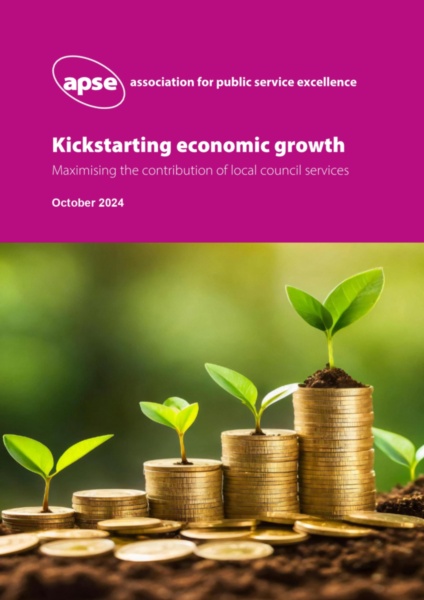Bang for our buck
How investing in local public services is foundational for growth
Investing properly in local public services is prerequisite for delivering economic growth to places across the UK and in ensuring that the impact of that growth is meaningful. That was the argument of Kickstarting economic growth: maximising the contribution of local council services, a paper that we collaborated on last year, with APSE and the University of Staffordshire.
Our local governments enable local growth directly – through activities to support economic development, regeneration, investment, skills provision and more – and indirectly – by improving how attractive their places are to investors and talent, and by supporting a healthy, mobile workforce through the provision of services like care and transport. The value this creates was no doubt considered in the recently announced Final Settlements for local government.















